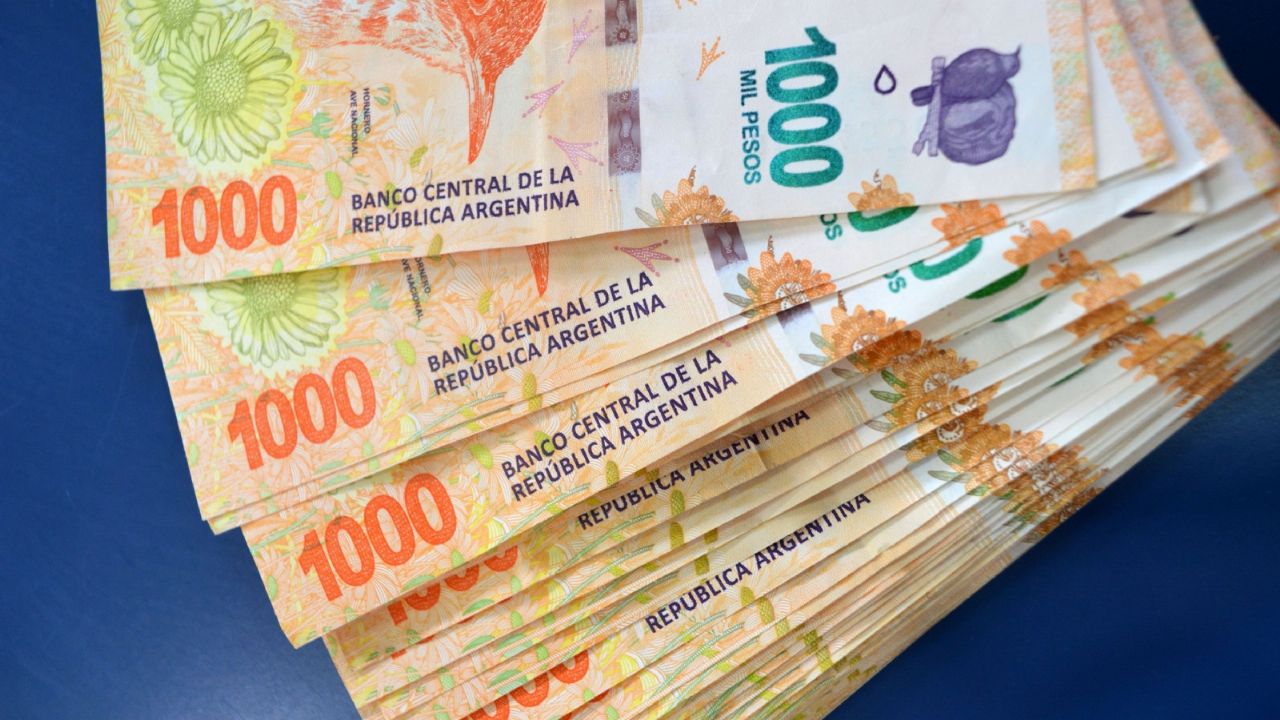After a historic rise in the inflation in January, analysts assure that for February the panorama will be very similar, since some products reached rises above 30%.
In this sense, the inflation in food (4.9%), which especially affected fruits and vegetables, it was even above the price index general (3.9%) that was marked in the first month of the year.
Below this line, the inflation for February it is estimated between 4% and 5%, since the index of food and beverages had a monthly rise of 4.8%, while vegetables had a rise of 14.8%.
With such a high floor, the inflationary acceleration is expected to continue in Marchwhen there are also annual increases in various products and services, including energy and gas.

In relation to the month that just ended, some of the foods that had the most increases were: tomatoes with 38%, oranges with 35%, eggs increased by 30.1% and bananas, 20%. .
Meats also showed a rise of 7%, while for dairy it was 12% and for butter 25%. In addition, dulce de leche, yogurt and detergent also suffered increases.

The war between Russia and Ukraine impacts food inflation
With the beginning of the Russian invasion, prices of several products skyrocketed in international markets, especially wheat, soybeans and corn.
This, without a doubt, affects the production of several foods, since the cost of raw materials becomes more expensive, which in the end will cause an impact on final prices for the consumer.

Thus, as long as the conflict continues, citizens will have to pay more to buy certain products and services, since it is estimated that, during the first two months of the year, the inflationary rise will accumulate 8% or more.















